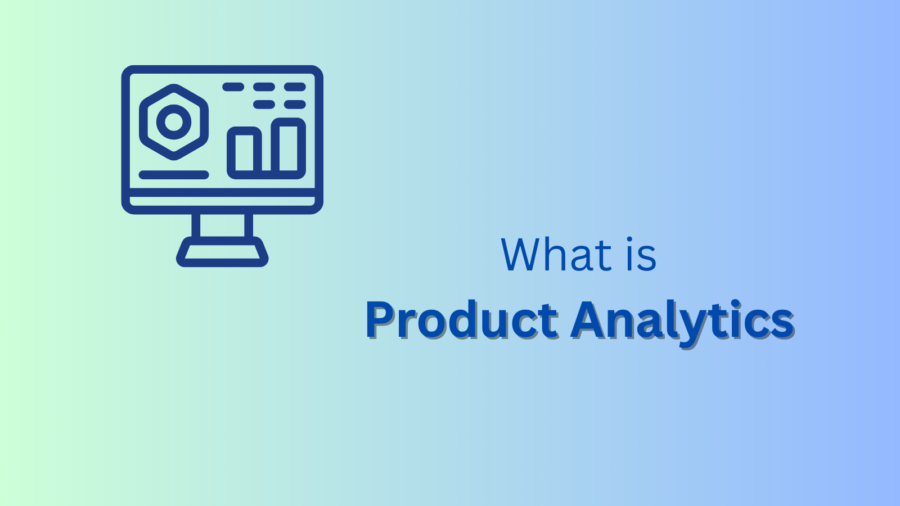Product Analytics, in its essence, is the systematic analysis of user data to gain insights into how a digital product is being used. It involves collecting, measuring, and interpreting data related to user interactions, feature usage, and overall product performance. By leveraging advanced analytical techniques, such as segmentation, cohort analysis, and funnel visualization, Product Analytics empowers businesses to make informed decisions that drive growth and enhance user experience.
Understanding User Behavior
At the core of Product Analytics lies the understanding of user behavior. Businesses can gain valuable insights into how users interact with their products by tracking various metrics, such as user engagement, retention rates, and conversion funnels. For instance, through session analysis, which tracks user activities within a single visit to the product, businesses can identify popular features, pain points, and areas for improvement.
Let’s consider a scenario where an e-commerce platform utilizes Product Analytics to optimize its conversion funnel. The platform identifies a drop-off point during the checkout stage by analyzing user behavior throughout the purchasing process. With this insight, they implement targeted improvements, such as streamlining the checkout process and offering personalized recommendations, significantly increasing conversion rates.
Driving Data-Driven Decisions
In today’s digital age, intuition alone can no longer drive business decisions. Product Analytics empowers organizations to adopt a data-driven approach, where decisions are backed by tangible insights rather than guesswork. By harnessing the power of data, businesses can mitigate risks, identify opportunities, and stay ahead of the competition.
Let’s explore how a mobile app developer utilizes Product Analytics to enhance user engagement. Through A/B testing, they experiment with different app features and user interfaces to determine which variations resonate best with their audience. They iterate rapidly by analyzing user feedback and performance metrics, continuously improving the app’s usability and functionality. This iterative approach not only enhances user satisfaction but also drives long-term success.
Optimizing Product Performance
Product Analytics serves as a compass for optimizing product performance. By monitoring key performance indicators (KPIs) such as user satisfaction scores, average session duration, and churn rates, businesses can gauge the effectiveness of their product strategies and make data-driven adjustments accordingly. Additionally, predictive analytics enables organizations to anticipate trends and proactively adapt their product roadmap to meet evolving user needs.
Let’s consider the case of a software-as-a-service (SaaS) company leveraging Product Analytics to reduce customer churn. The company can intervene proactively by analyzing user behavior patterns and identifying early warning signs of disengagement, such as decreased usage or lack of feature adoption. Through targeted interventions, such as personalized email campaigns or in-app notifications, they can re-engage at-risk users and prevent churn, ultimately maximizing customer lifetime value.
Product Analytics is not just a buzzword; it’s a strategic imperative for any organization looking to thrive in the digital age. By harnessing the power of data, businesses can gain deep insights into user behavior, drive data-driven decisions, and optimize product performance for sustained success. As digital products evolve, embracing Product Analytics will be the key to unlocking their full potential and staying ahead in a competitive marketplace.


